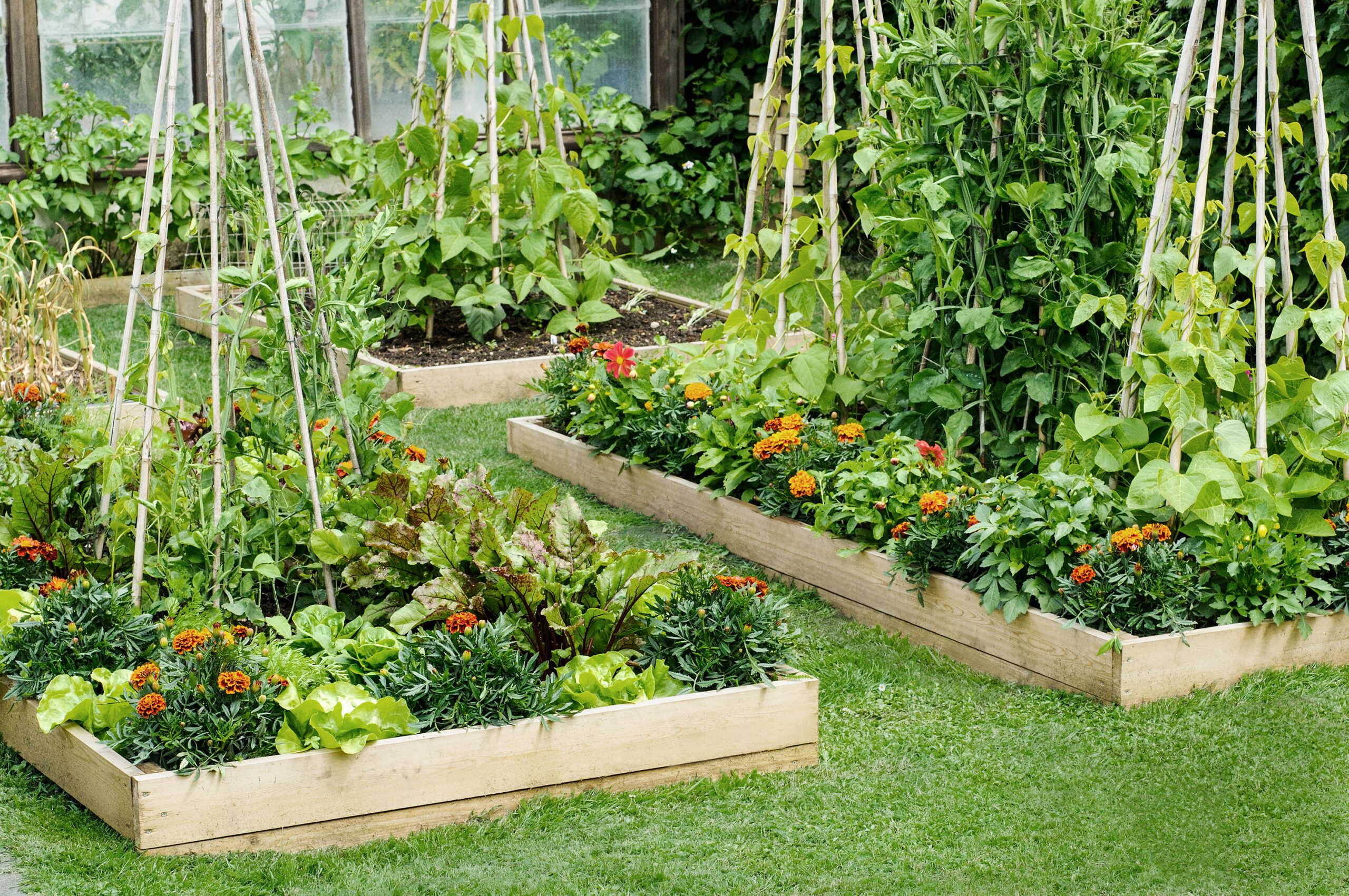Maximize Yield, Raised Bed Gardening Tips

Boost Your Harvest: Mastering Raised Bed Gardening for High Productivity
Ever dreamt of transforming your backyard into a lush, productive oasis? Raised bed gardening is your secret weapon! Not only does it save space and water, but it also maximizes yield, making it perfect for urban gardeners and green thumbs alike. Let's dive into the world of raised bed gardening and explore how to boost your productivity.
Why Raised Bed Gardening?
Before we get our hands dirty, let's talk about why raised beds are a game-changer.
- Soil Control: You control the soil quality, ensuring your plants get the perfect growing medium.
- Space Efficiency: Raised beds allow you to grow more plants in less space.
- Weed Suppression: With proper construction, weeds struggle to invade your raised beds.
- Accessibility: Raised beds make gardening easier on your back, as you can work while sitting or standing.
Designing Your Raised Beds
First things first, let's talk design. The ideal raised bed is:
- Width: 4 feet or less, for easy reach from either side.
- Length: Any length, but keep it manageable.
- Height: 1 to 2 feet, depending on the plants you grow.
Soil Preparation: The Foundation of Your Success
The key to high productivity in raised bed gardening lies in the soil. Here's how to prep it right:
- Fill Your Beds: Start with a layer of organic matter, like compost or well-rotted manure, at the bottom. This improves drainage and adds nutrients.
- Mix It Up: Fill the rest of the bed with a mix of topsoil, compost, and potting soil. Aim for a loose, well-draining mix.
- Test and Amend: Use a home testing kit to check your soil pH. Most plants prefer a pH between 6.0 and 7.0. Add lime to lower pH or sulfur to raise it.
Planting for Productivity
Now that your beds are ready, let's talk planting strategies to maximize yield.
Plant Spacing: The Art of Crowding
Contrary to popular belief, plants don't need as much space as you think. By using close planting techniques, you can fit more plants in your beds and boost productivity. Here's how:
- Succession Planting: Plant fast-growing crops like lettuce and radishes first, then replace them with slower-growing plants like tomatoes or peppers once they're harvested.
- Intercropping: Plant fast-growing crops between slower-growing ones. For example, plant lettuce between rows of tomatoes.
Vertical Gardening: Grow Up, Not Out
Make the most of your space by going vertical. Here's how:
- Support Structures: Install cages, stakes, or trellises for climbing plants like peas, beans, and cucumbers.
- Stackable Planters: Use stackable planters to grow herbs or small vegetables like strawberries vertically.
Irrigation: Keep Your Plants Happy
Consistent watering is key to high productivity. Here's how to keep your plants hydrated:
- Drip Irrigation: Install a drip irrigation system to deliver water directly to your plants' roots.
- Mulch: Add a layer of organic mulch to retain moisture and suppress weeds.
Companion Planting: Teamwork in the Garden
Certain plants thrive when grown together. Here are some winning combinations:
- Tomatoes and Basil: Basil deters pests that attack tomatoes, and both plants benefit from the same growing conditions.
- Carrots and Rosemary: Rosemary improves carrot growth and deters carrot rust fly.
Maximizing Yield: Tips and Tricks
Here are some final tips to boost your raised bed productivity:
- Crop Rotation: Rotate crops annually to prevent disease and maintain soil fertility.
- Prune and Harvest: Regularly prune and harvest to encourage plant productivity.
- Cover Crops: Plant cover crops like clover or rye in fallow beds to improve soil health.
For more tips and techniques, check out this comprehensive guide from The Old Farmer's Almanac: https://www.almanac.com/raised-bed-gardening-tips-and-techniques
Conclusion
Raised bed gardening is a powerful tool for maximizing yield in a small space. With the right soil preparation, planting strategies, and care, you can transform your backyard into a productive oasis. So, grab your gloves and let's get gardening!
FAQs
-
Q: How deep should my raised beds be? A: Most plants grow best in beds 1 to 2 feet deep. Deeper beds allow for better root development and water retention.
-
Q: What's the best material for building raised beds? A: Untreated wood, composite materials, or metal are good choices. Avoid pressure-treated wood, as it can leach chemicals into your soil.
-
Q: Can I grow root vegetables in raised beds? A: Yes, but you'll need to ensure your beds are deep enough. Most root vegetables prefer beds at least 12 inches deep.
-
Q: How often should I water my raised beds? A: Water deeply once or twice a week, depending on weather and plant type. Always check the top inch of soil for dryness before watering.
-
Q: Can I grow fruit trees in raised beds? A: While it's possible, it's not ideal. Fruit trees need deep root systems and may outgrow a raised bed. Consider growing fruit trees in the ground or in large, deep containers.
0 Response to " Maximize Yield, Raised Bed Gardening Tips"
Post a Comment